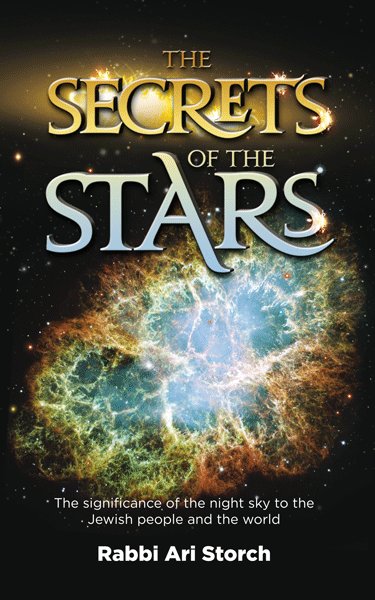Rav Shternbach (Moadim UZ'manim vol. 1 19) presents an interesting and brilliant suggestion to explain why it was necessary for Moshe Rabbeinu to view the new moon of Nisan of the Exodus prophetically. The questions one may ask regarding this opinion, though, are:
1) Is Rav Shternbach taking too literal of an approach to a piyut, perhaps, it is meant to be taken metaphorically?
2) What does one do when the information provided does not work out historically/astronomically?
Rav Shternbach quotes from the yotzer to Parshas HaChodesh that the lunar conjunction (the moment the sun, moon and earth are in a direct line) of Nisan in the year of the Exodus was at midday. Since the new moon is visible only after six hours from this point in time (see the Superhuman Sight post from August 5 in order to reconcile this seemingly impossible fact), Moshe Rabbeinu required seeing it prophetically. Moshe was located in Egypt and the conjunction is calculated, halachically, based on Yerushalayim time, therefore, the moon would really be big enough to be visible approximately ten minutes before sunset. Although it would be big enough, the fact that the sun would not have set in Moshe's location would mean that he would not be able to see such a faint moon. Therefore, Hashem allowed him to view it prophetically.
Let us first address the second question raised earlier. What does one do with the fact that this information does not work out historically. If one recalculates the year of the Exodus (based on the classic midrashic literature) he will find that the lunar conjunction was not at midday precisely, rather, it was in the middle of the afternoon!
Perhaps, the reconcilliation comes from the answer to the first question asked above. If one looks at the source of the piyut, Bereishis Rabbah (6), he will notice that the purpose of the fact of the conjunction being expressed as midday is not to be specific, rather, it is to say that it happened post midday. That being the case, one could suggest that these words were not meant to be taken literally as "midday", rather, just used to convey the general purpose of the Midrash. Once that has been resolved the question no longer starts. Of course, once resolved in this fashion, the pshat expressed in Moadim U'Zmanim no longer seems viable. The proof of this suggestion is that it is the one taken by the earlier commentaries. Rashi's comments to the Midrash explicitly state that midday is not to be taken literally, rather, the author of the Midrash is to be understood as expressing the conjunction as happening in the afternoon.
With this information (and reading the rest of the astronomical information provided by the Midrash and piyut) one can actually see how the Midrash and piyut astoundingly are synchronized with the actual celestial happenings of that day!


No comments:
Post a Comment